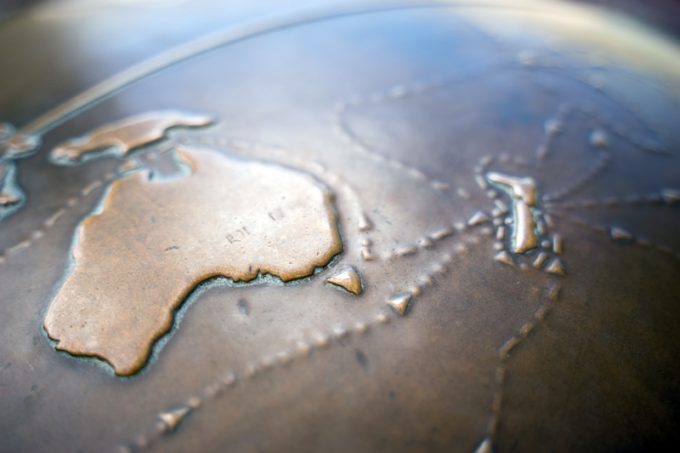Victoria: queue and jam – and now call your advisor (Part Two)
Don’t be deceived, do your own due diligence

Forwarders in Australia and New Zealand have said that spiralling cargo delays and freight rates will extend well into the new year.
David Aherne, CEO of Across the Ocean Shipping, said “more pain is yet to come”, thanks to upcoming events in China and the potential ...

Comment on this article